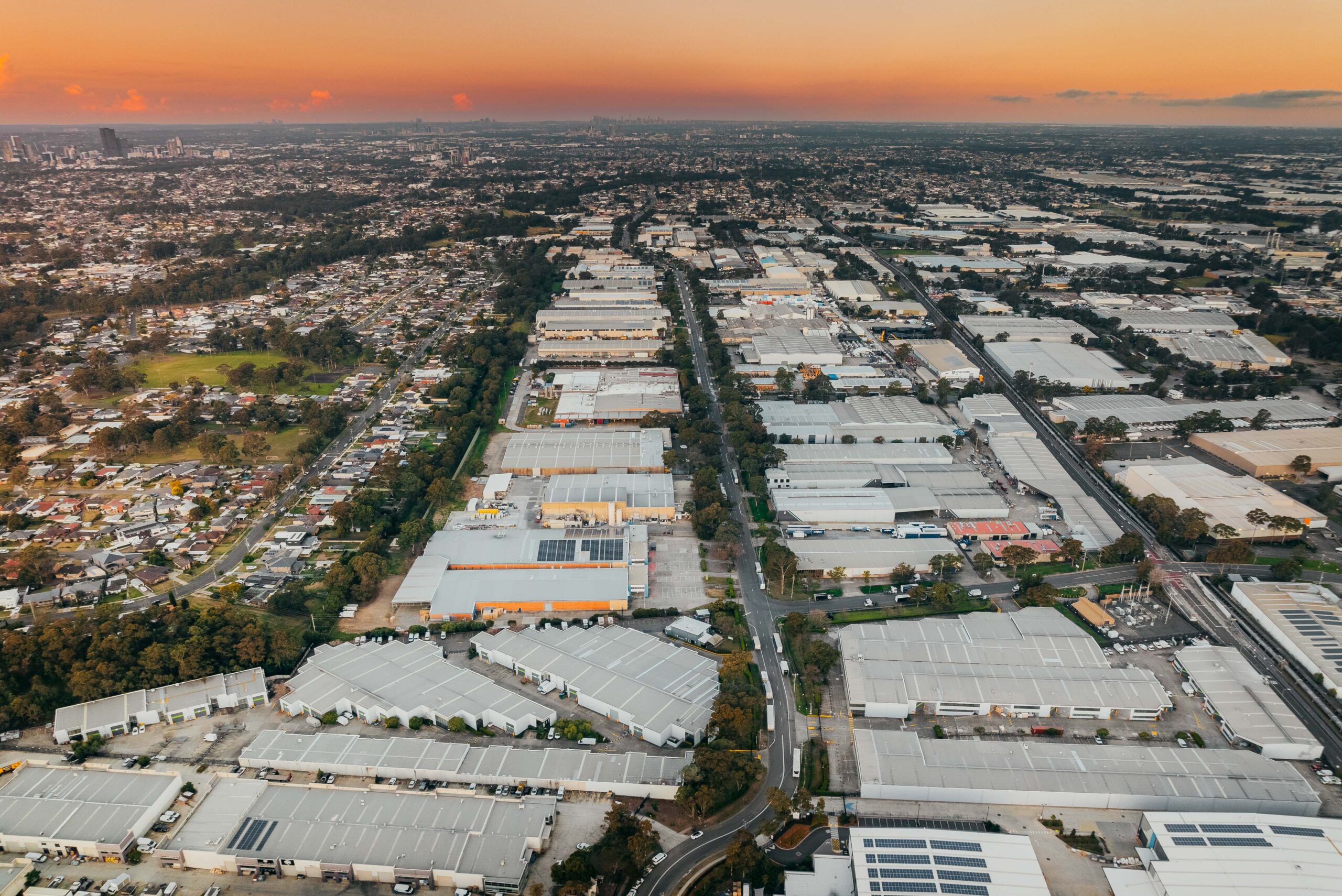
JLL Report assesses opportunities in Australia’s core commercial and alternative real estate sectors
JLL Research has released its latest report, ‘Australia’s Economic and Real Estate Edge’, portraying a robust outlook of the nation’s economy and opportunities in the commercial real estate sector.
Authored by Ronak Bhimjiani, Director, Real Estate Economist – Australia, the report highlights Australia’s position at the forefront of economic growth among advanced economies. The outlook is underpinned by a range of economic variables, ranging from strong working age population metrics, a lower country risk rating score, stronger equity and real estate returns, increased economic diversification and greater transparency within the real estate sector.
Investor interest is rising:
Australia presents a strong value proposition for real estate investors. The market offers higher returns and strong value upside, particularly in core CBD office markets, creating an appealing entry point for both domestic and international investors.
“We assessed commercial property returns across a range of core global economies and concluded that Australia presents a compelling entry point for investors seeking exposure towards core CBD office assets”, said Mr Bhimjiani.
JLL’s Head of Capital Markets, Australasia – Luke Billiau said, “Australia’s attractiveness as a destination for investment is further bolstered by the consistently high ranking the country receives in global transparency indices, which has been shown to correlate positively with direct commercial real estate investment.
“Overall core commercial real estate transactions in 2024 were up 42.8% from 2023 levels. With inflation firmly within the RBA’s target band and tight monetary policy beginning to unwind, we anticipate that bid-ask spreads will continue to narrow, unlocking greater liquidity and transactions.”
Economic growth drivers:
The report also highlights Australia’s economic stability, which is reinforced by one of the strongest sovereign credit ratings globally. This fiscal prudence, combined with a strategic focus on export diversification, positions the country favourably in the international market. The report notes growing trade relationships, with India emerging as a key partner in both goods and services exports.
Mr Bhimjiani said, “As China transitions from traditional capital-intensive growth drivers, India has become an emerging growth region. Both goods and services exports to India have been rising, with economic growth projections placing India first globally over the next decade.
“International student numbers show a rising share of enrolments from India, growing at the quickest pace. As such, the nation is expected to become a dominant player in Australia’s student education export market,” said Mr Bhimjiani.
In the Industrial and Logistics sector, the report forecasts a 10% increase in manufacturing gross take-up over the next decade, directly driven by the Australian Federal Government’s AUD 22.7 billion funding to boost advanced manufacturing.
The Retail sector is also poised for growth, with the report estimating that Australia will require between 2.06 million and 2.58 million sqm of additional retail floorspace over the next five years to match population growth.
Healthcare sector:
The healthcare sector also emerges as a significant area of growth, with spending projected to increase from 10% of GDP in 2022-23 to 13.1% by 2060-61. This trend is driven by Australia’s ageing population, with the proportion of people over 65 expected to rise from 16.8% in 2024 to between 21-23% by 2066.
Mr Bhimjiani said, “The demographic shift towards an older population will create substantial opportunities in the healthcare real estate sector. We are already seeing increased investor interest, with healthcare yields compressing over the past decade.”
AI: Potential game changer for economic growth:
The report highlights the transformative potential of Artificial Intelligence (AI) on the Australian economy. By 2030, AI services could become a major contributor to Australia’s Gross Value Added, potentially rivalling established sectors like mining and healthcare.
“The rise of AI is expected to have a significant impact on office demand,” Mr Bhimjiani explained. “Our scenario analysis suggests that by 2030, AI could drive demand for 483,000 sqm of office space in Australia.”
AI-driven growth is also expected to fuel demand in the data centre sector. The report forecasts that Australia’s data centre deployable capacity will more than double from 1,350 MW in 2024 to 3,100 MW by 2030, requiring an investment of AUD 26.0 billion.
Emerging trends:
Lastly, the report highlights Australia’s potential as a green superpower, particularly in hydrogen production and lithium supply. As of December 2023, Australia led the world in the number of green hydrogen facilities and accounted for 47% of global lithium production in 2023.
Mr Bhimjiani concluded, “These emerging trends across various sectors present opportunities for investors in Australia’s commercial real estate market. From AI-driven office demand to the growth in healthcare and data centre requirements, Australia is well-positioned for sustained growth within real estate, due to Australia’s strong economic projections over the next decade as well as broader emerging diversification trends expected to shape the economy.”






